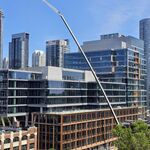DSC
Superstar
Member Bio
- Joined
- Jan 13, 2008
- Messages
- 19,038
- Reaction score
- 26,559
- Location
- St Lawrence Market Area
I think the last change was in 2000. See: http://www.toronto.ca/wards/options2000.htm







